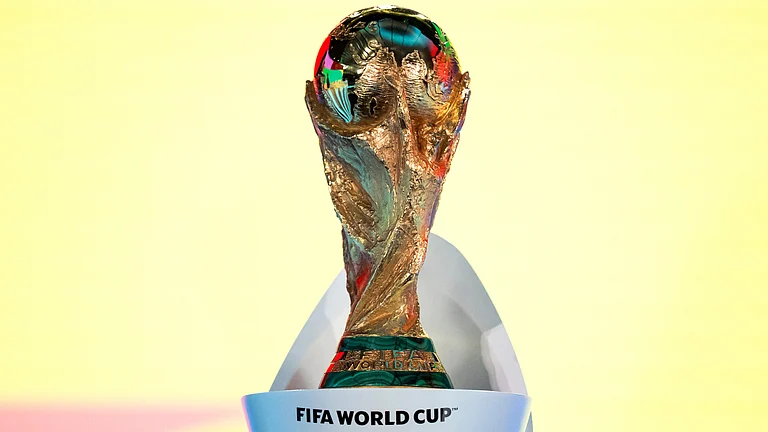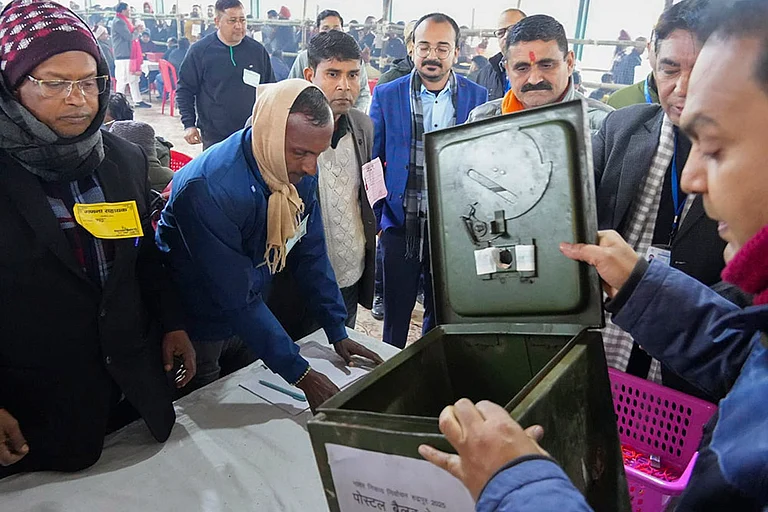Hearing petitions seeking 100 per cent verification of EVM votes with VVPAT slips, the Supreme Court on Tuesday flagged drawbacks of ballot papers, saying that machines are manipulated by humans and that "when one does hand counting, "there will be different numbers."
A bench comprising Justices Sanjiv Khanna and Dipankar Datta was hearing the petitions filed by the Association for Democratic Reforms and others.
Responding to the petition filed by ADR, the Election Commission of India had cited practical difficulties in verifying all VVPATs. Earlier, a bench led by Justice Sanjiv Khanna, while hearing ADR's petition, had expressed reservations about the demand for 100 per cent VVPAT verification, saying that it would add to the ECI's burden without much significant advantage, as mentioned in a LiveLaw report.
Hearing the petitions on Tuesday, the Supreme Court said: "We are in our 60s. We all know what happened when there were ballot papers, you may have, but we have not forgotten."
Justice Sanjiv Khanna told the above to Prashant Bhushan, counsel for one of the petitioners, Association for Democratic Reforms. Bhushan was arguing how most European countries that had opted for voting through EVMs have returned to paper ballots, an NDTV report mentioned.
"We can go back to paper ballots. Another option is to give VVPAT slip to the voters in hand. Otherwise, the slips falls into the machine and the slip can be then given to the voter and it can be put into the ballot box. Then the VVPAT design was changed, it had to be transparent glass, but it was changed to dark opaque mirror glass where it is only visible when the light is on for 7 seconds," the report quoted Bhushan as saying.
On citing Germany's example, Bhushan was reminded by Justice Dipankar Datta that India's voter population is around 10 times more than that of Germany.
"Ninety-seven crore is the total number of registered voters. We all know what happened when there were ballot papers," Justice Khanna said.



























